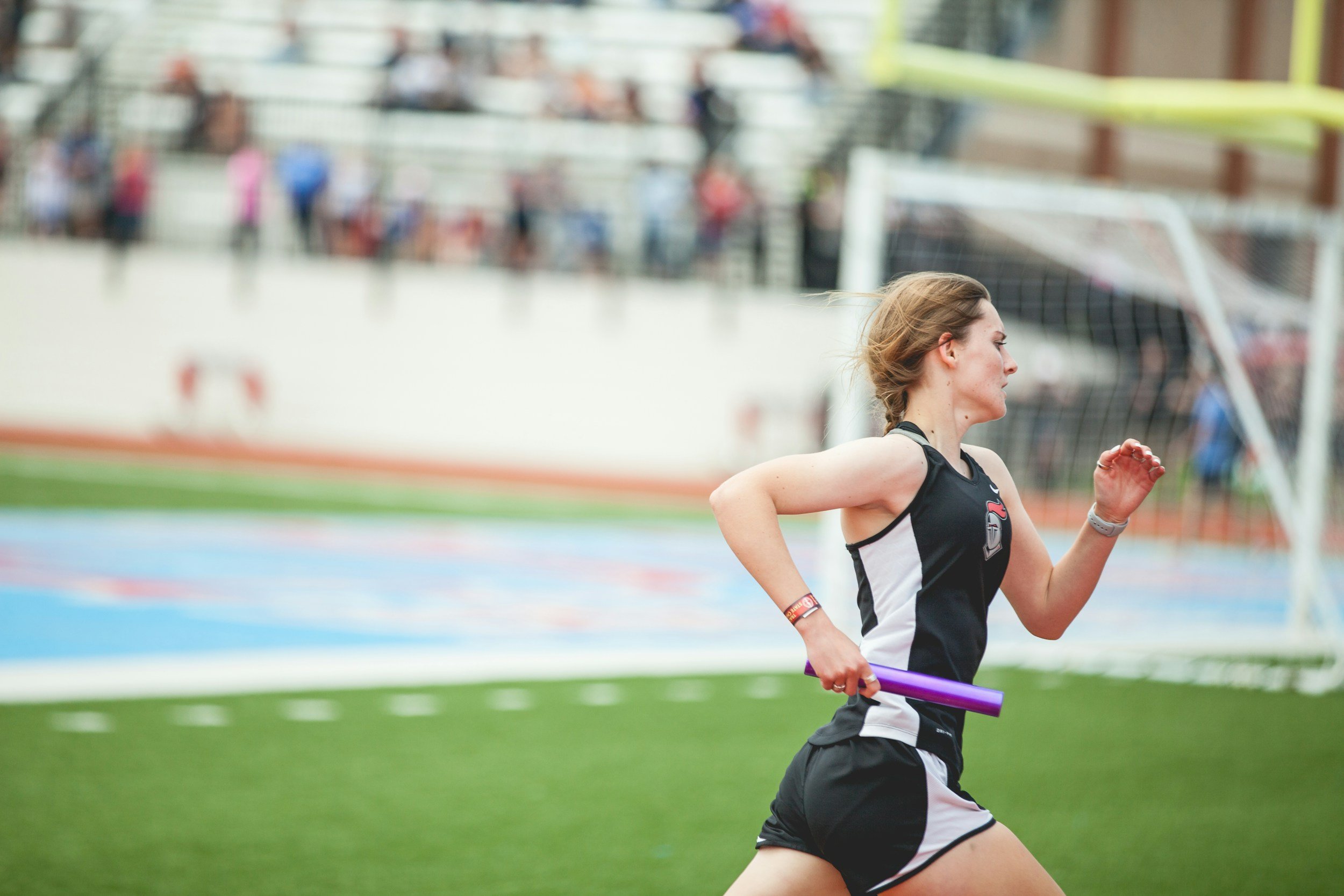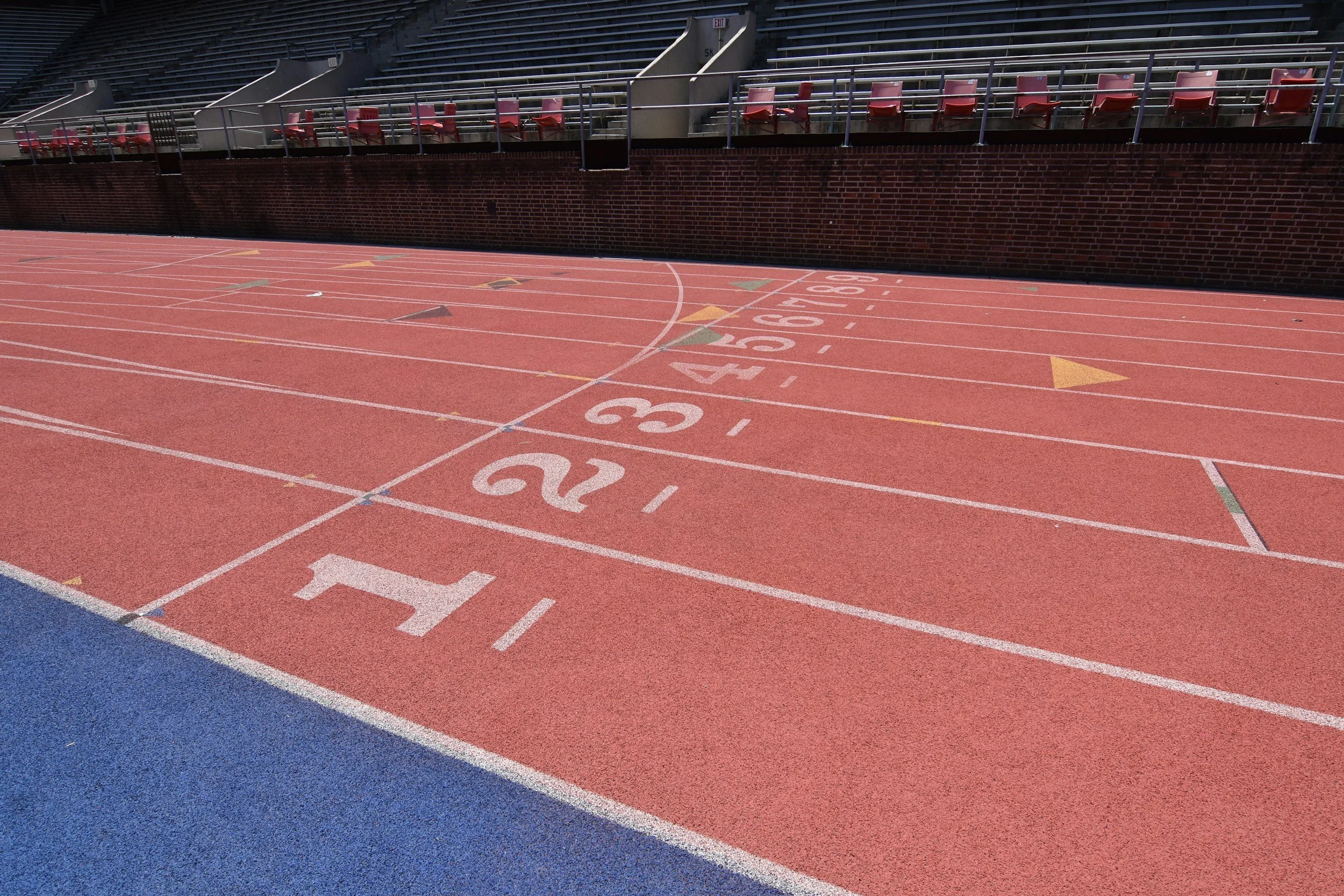Long Jump Training for Intermediate Jumpers: A Complete Guide
Long jump is a track and field event that requires a combination of speed, power, and technique. If you're an intermediate jumper looking to improve your performance, you need to focus on proper training techniques that will help you increase your jump distance and improve your overall performance. In this article, we will discuss the essential long jump training techniques and drills that will help you take your performance to the next level.
The Importance of Long Jump Approach Drills
The approach is one of the most crucial aspects of long jump, and it requires a lot of practice to get right. The approach involves a series of steps that lead up to the takeoff, and it is essential to get the timing and technique right for a successful jump. Some of the drills that can help you improve your approach include:
- Walking drills: Walking drills involve walking through the approach steps at a slower pace to help you master the technique and timing of each step.
- Running drills: Running drills involve running through the approach steps at a faster pace to help you develop speed and power.
- Penultimate step drills: The penultimate step is the second-to-last step in the approach, and it is essential to get the timing right. Penultimate step drills can help you develop the right timing and technique for this step.
Mastering the Long Jump Takeoff Technique
The takeoff is the most critical aspect of long jump, and it requires a lot of power and technique to get right. Some of the drills that can help you improve your takeoff technique include:
- Pop-ups: Pop-ups are a great way to develop explosive power for the takeoff. To perform a pop-up, start in a crouched position and jump up as high as you can, landing on both feet.
- Board drills: Board drills involve practicing the takeoff from the long jump board. By using the board, you can practice the correct takeoff angle and improve your technique.
- Sand pit drills: Sand pit drills involve practicing the takeoff by jumping into a sand pit. This can help you get used to the feeling of landing in the pit and help you improve your technique.
Plyometric Training for Long Jumpers
Plyometric training involves exercises that help you develop explosive power and improve your overall athletic performance. Some of the plyometric exercises that can benefit long jumpers include:
- Box jumps: Box jumps involve jumping onto a box or platform and then jumping back down. This exercise can help you develop explosive power for the takeoff.
- Depth jumps: Depth jumps involve jumping off a box or platform and then immediately jumping back up as high as you can. This exercise can help you develop explosive power and improve your overall jump height.
- Single-leg hops: Single-leg hops involve hopping on one foot as far as you can. This exercise can help you develop explosive power and improve your balance.
Long Jump Landing Drills
The landing is the final part of the long jump, and it is essential to land properly to avoid injury and improve your overall performance. Some of the drills that can help you improve your landing technique include:
- Sand pit drills: Sand pit drills involve practicing your landing in a sand pit. This can help you get used to the feeling of landing in the pit and help you improve your technique.
- Foam pit drills: Foam pit drills involve practicing your landing in a foam pit. This can help you improve your technique and reduce the risk of injury.
- Balance drills: Balance drills involve practicing your balance and control during the landing. This can help you avoid stumbling or falling after the jump.
Long Jump Strength Exercises
Strength training is essential for long jumpers, as it helps you develop the power and explosiveness you need for a successful jump. Some of the strength exercises that can benefit long jumpers include:
- Squats: Squats are a compound exercise that can help you develop lower body strength and power. They are particularly effective for developing the power you need for the takeoff.
- Deadlifts: Deadlifts are another compound exercise that can help you develop lower body strength and power. They are particularly effective for developing the strength you need for the landing.
- Lunges: Lunges are a unilateral exercise that can help you develop strength and balance in each leg. They are particularly effective for developing the stability and control you need during the approach.
Long jump training requires a lot of dedication and hard work, but with the right techniques and drills, you can take your performance to the next level. By focusing on your approach, takeoff, landing, and strength, you can improve your overall performance and achieve your long jump goals. Remember to practice regularly, listen to your body, and stay patient as you work towards your goals. With time and effort, you can become a successful long jumper and achieve your athletic dreams.






























